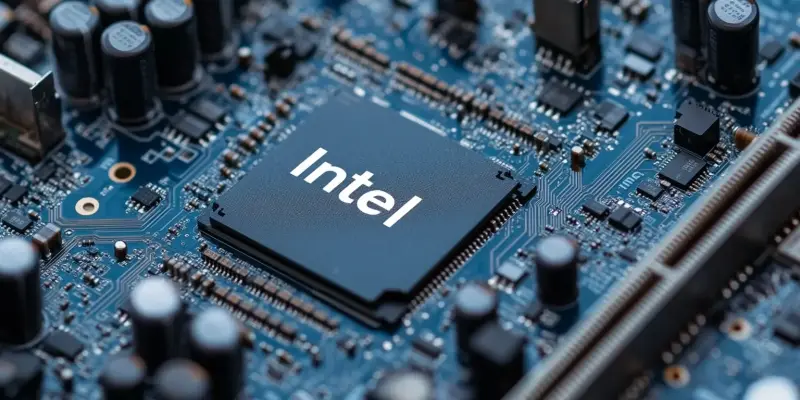Intel recently made a significant decision to discontinue its x86S ISA initiative, a move that has sparked discussions within the tech community. This decision, which is part of Intel’s larger strategy to reassess and realign its goals amid challenges in the industry, marks an essential turning point for the company. By halting this initiative, Intel opts to maintain compatibility with older x86 architecture—a crucial aspect for many industry partners and users.
The x86S initiative, announced in 2023, was Intel’s ambitious attempt to streamline the x86 architecture, a foundation of PC computing for 46 years. The proposed x86S ISA was to be a 64-bit-only architecture, aiming to phase out support for older 16-bit and 32-bit x86 code and operating systems. It included eliminating legacy features such as the 16-bit real mode, VT-x unrestricted mode, and segmentation gates. While the x86S standard aimed to modernize and simplify the x86 architecture, it met significant resistance from those who cherished traditional x86 processors’ backward compatibility.
Intel’s choice to halt the x86S initiative and maintain support for 16-bit and 32-bit applications demonstrates its intention to uphold the flexibility and universality of the x86 architecture. This decision comes at a time when Intel faces increased competition from Arm-based processors, which are gaining popularity in the PC market. By teaming up with prominent industry players such as AMD, Microsoft, Google, and HPE within the newly formed x86 Ecosystem Advisory Group, Intel seeks to ensure the continued relevance and predominance of the x86 architecture.
This strategic shift indicates Intel’s move towards a more collaborative and holistic approach to innovation, learning from past endeavors such as the Itanium architecture. The strategy now involves engaging more actively with other stakeholders within the x86 ecosystem to create informed and broadly accepted decisions. Intel’s readiness to reverse its original decision on the x86S initiative highlights its commitment to aligning with industry needs and preserving its leading position.
In summary, the cancellation of the x86S ISA initiative marks a crucial strategic adjustment for Intel in response to industry pressures and growing competition. By ensuring backward compatibility and fostering industry collaboration, Intel aims to better navigate the evolving processor technology landscape and maintain its influential role in the computing world.

